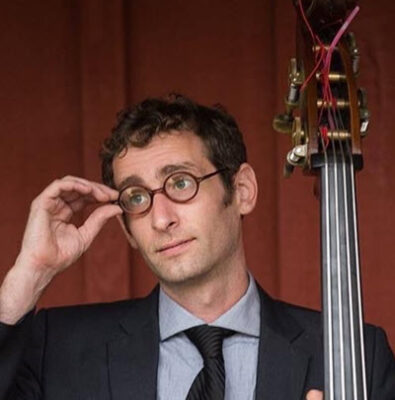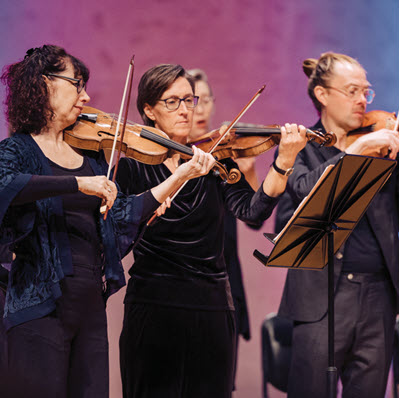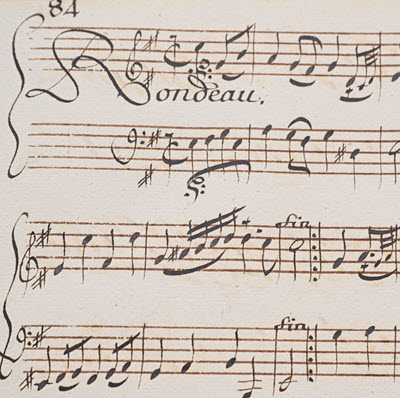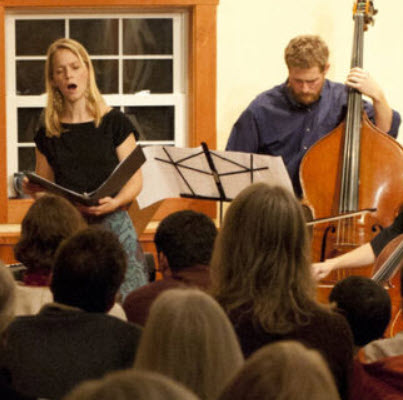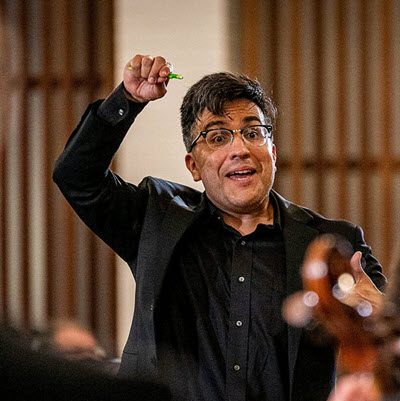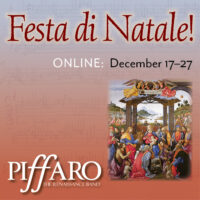Bach of the Bowery
As a composer, teacher, and America’s leading Baroque bassist, Doug Balliett is devoted to radically authentic music-making. He and his all-star circle of collaborators question the notion that ‘historically informed’ ensembles should only perform historical music. This article was first published in the January 2024 issue of EMAg.
Bach of the Bowery Read More »

